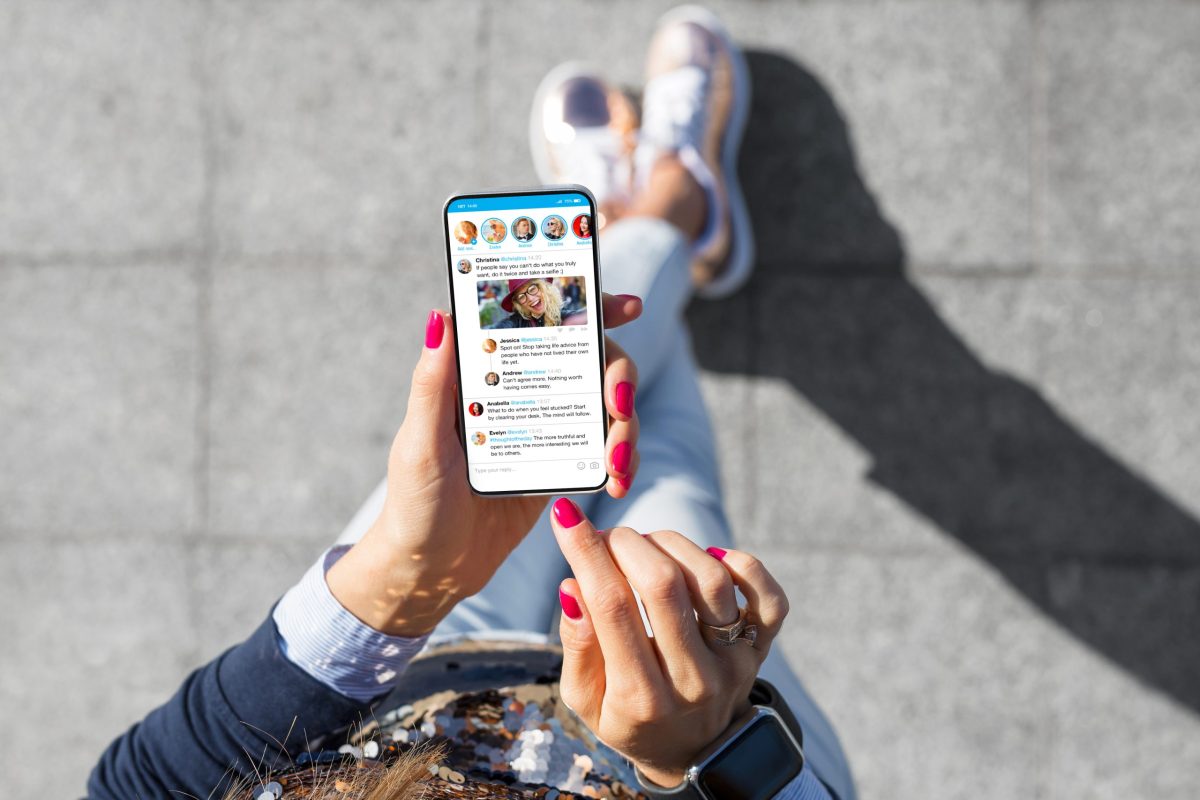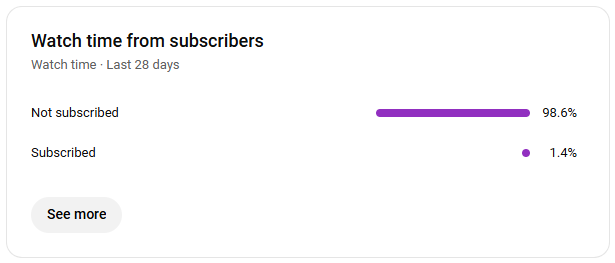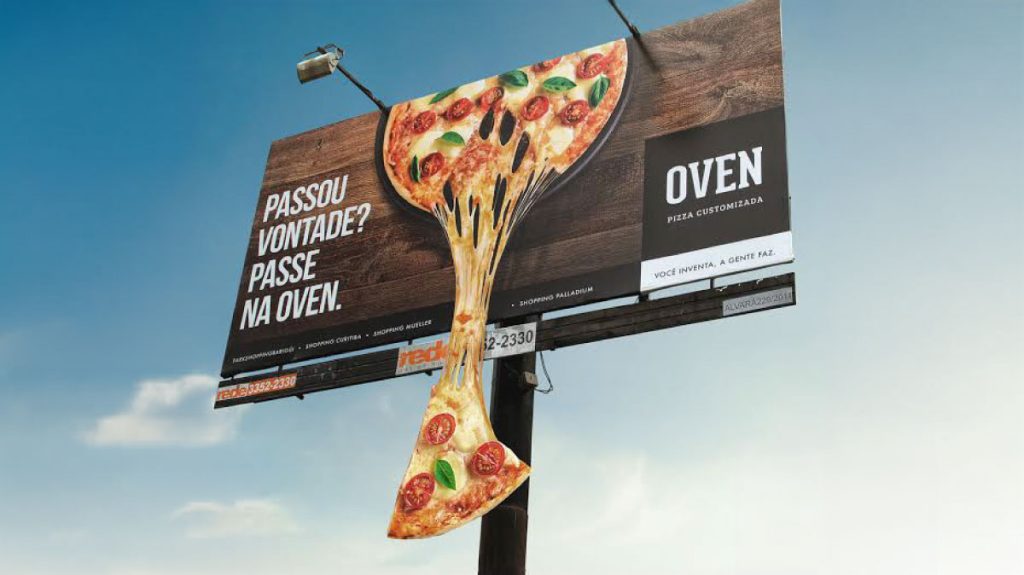
Your audience is not your audience.
What the heck am I talking about?
A trap I’ve fallen into is worrying too much about what my followers will think.
‘This is too similar to a previous post.’
‘I’ve already told this story.’
‘I’ve already used this footage.’
‘My followers are expecting the story to progress.’
But here’s the thing…
Make content for your FYP, not your followers.
Your audience (followers) are not your audience. Your audience is your FYP.
90% of your views are from a new group of people who are discovering you for the first time.
The don’t know that you already told that story, that you already used that footage, that this post is similar to a previous post….
They’ve never heard of you before, and therefore, you have an opportunity to win them over through your storytelling, your unique perspective.
Remember, be interesting or be ignored.

Think Series Not Random One-Off Posts
I talk a lot about creating series on social media – think Netflix vs random one-off posts.
Allow me show you a peak behind the curtain of my personal social media series (not on LinkedIn).
Currently, I have the following series:
👉 Morning Walk and Talks (philosophizing about life)
👉 Skateboarding (40+ year old relearning how to skateboard)
👉 Running (My goal to run 100 runs per year)
👉 Dine out (come with me to restaurant)
👉 Business / Marketing (tips, tactics, trends, behind-the-scenes)
👉 Travel & Adventure (come with me to destination)
👉 Movie Pitch Monday (me pitching hypothetical movie ideas)
Once any of these gain enough traction, I can create a separate account for just that content.
If the series doesn’t get traction, I change the editing style, voice over, audio, pacing / length… and try again. If still no engagement, I stop posting about it.
Each series could have an arc or continuity, or they could be episodic (standalone).
👉 Notice that in none of my series am I directly selling. But am I indirectly selling a personality, a lifestyle, a set of values, an identity people want to be part of?
Try this Social Media Team-Building Exercise
Try this exercise with your marketing team.
Get everyone in a room and pull up your company’s 5 worst performing social posts (this works better if they are video posts).
Then, on a whiteboard (or someone taking notes), write down a list of all the reasons why each post may have underperformed, and ask for suggestions for how it could be improved.
You’ll hear comments such as:
“There’s no hook.”
“There’s no story.”
“It’s too salesy / self-serving / promotional.”
“It’s too long.”
“The pacing is off. It needs to get to the point quicker.”
“It’s unclear – what’s the point?”
“It’s off-brand.”
“Wrong hashtags / too many / too few hashtags.”
“Try a different time of day.”
Next, you can re-edit or re-shoot the post, addressing the feedback.
Then, as a team, revisit the new posts and compare how they performed with the previous version.
You can do this exercise in reverse and analyze your top performing posts, or even your competitor’s top performing posts.
What this will do is:
👉 Strengthen your team’s bond
👉 Gamify work
👉 People feel heard, and they may get a sense that they are part of something bigger than them
👉 It will strengthen everyone’s muscle for what good vs bad social content looks like
👉 You may get some really creative ideas from team members that you may otherwise not get.
You could do this by yourself, but it can be fun to do as a team rather than individually. Plus, there are some other benefits by doing it as a team.
Casey Neistat is a Master Storyteller
Continue Reading: Casey Neistat is a Master Storyteller

Continue Reading: Adapt or Die: Your Company is Either Growing or Dying
- Related post: The T-Shirt Theory of Branding
- Related post: The Power of Branding: John’s Family Premium Organic Garlic
- Related post: Why You Don’t Want to Run a Business that Relies Solely on Ads


Continue reading: What’s the ROI of a Billboard








